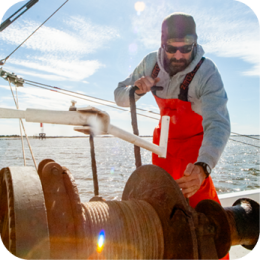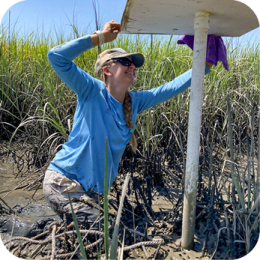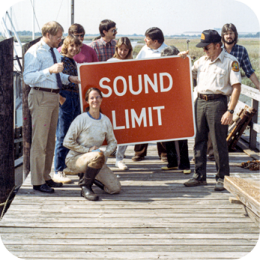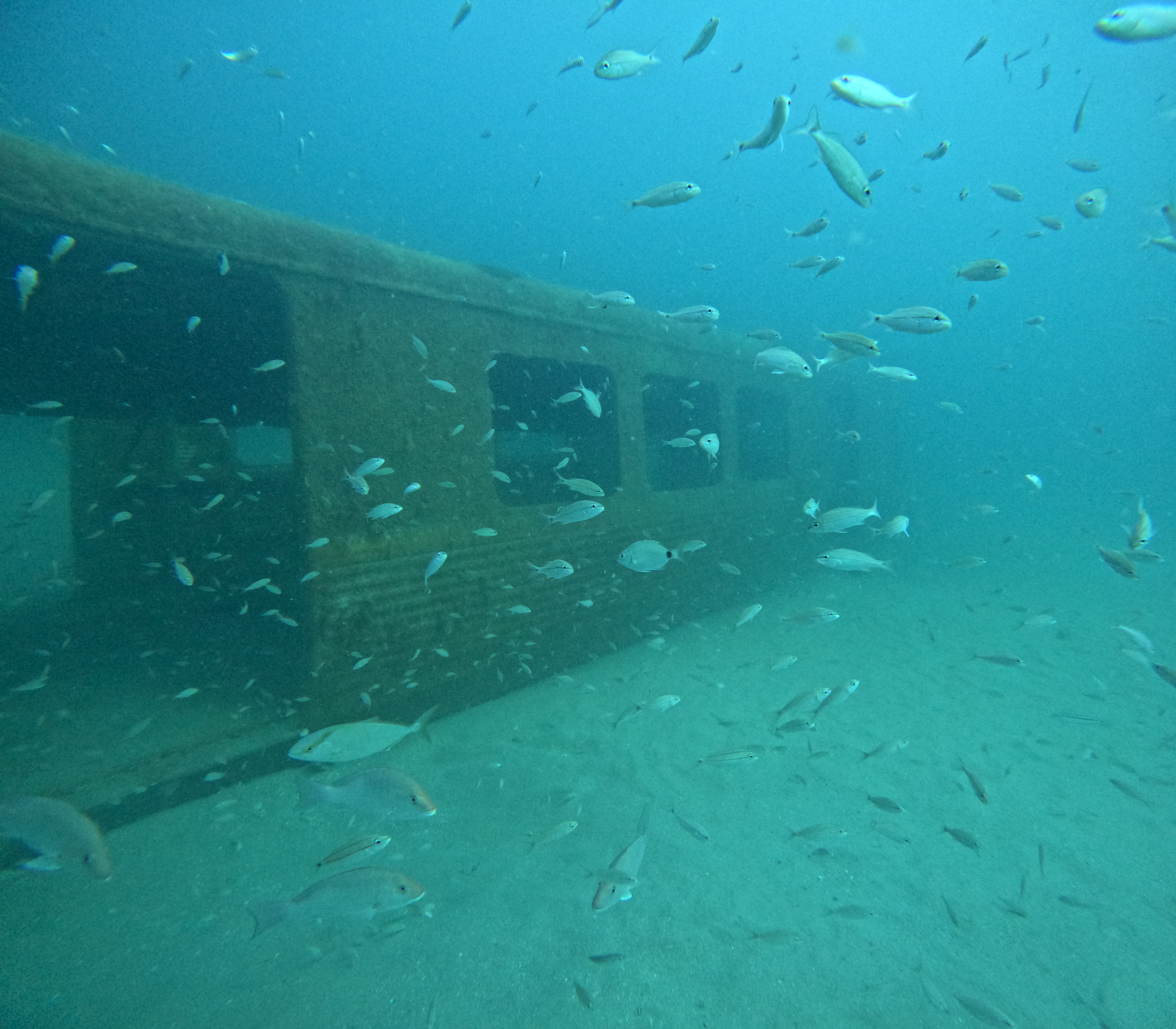
MARTA Public Affairs &
Coastal Resources Division
August 27, 2024
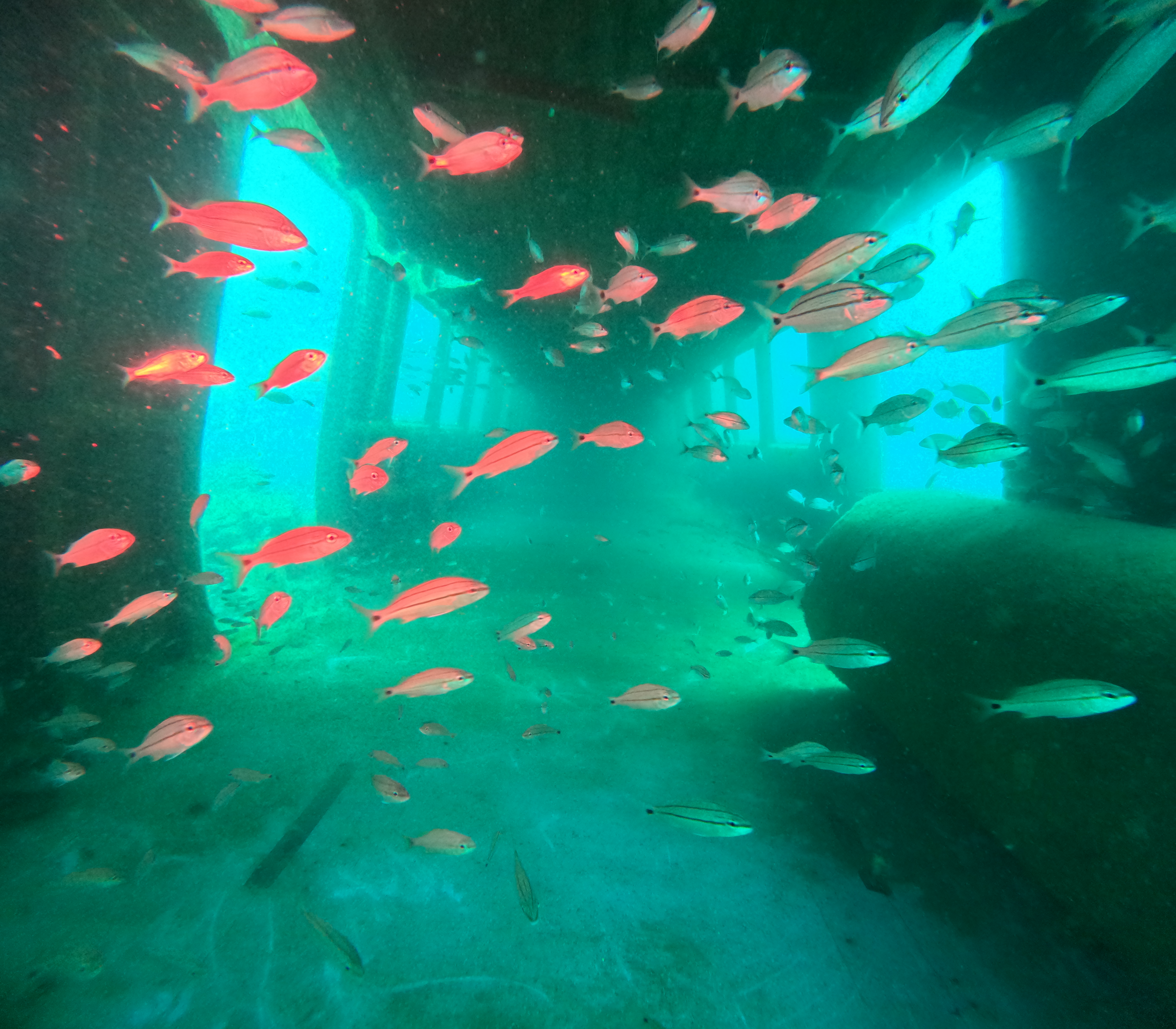 Two Metropolitan Atlanta Rapid Transit Authority (MARTA) railcars deployed into the Atlantic Ocean seven months ago as part of a CRD reef are gradually developing into reef habitats for marine wildlife.
Two Metropolitan Atlanta Rapid Transit Authority (MARTA) railcars deployed into the Atlantic Ocean seven months ago as part of a CRD reef are gradually developing into reef habitats for marine wildlife.
Last December, the decommissioned railcars were stripped of hazardous materials and inspected by the U.S. Coast Guard before being transported by barge to Artificial Reef L, an established reef about two square miles in size, located approximately 23 nautical miles east of Ossabaw Island and deployed in about 55 to 65 feet of water.
In the first dive since the deployment, CRD staff witnessed a good amount of soft coral beginning to grow on the railcars and nine species of game fish.
“MARTA is proud to be part of repurposing old railcars in this environmentally responsible way,” said MARTA General Manager and CEO Collie Greenwood.
While the substrate for the reef is manmade, the organisms that grow on it are entirely natural and beneficial for the environment. Fish and other marine life such as sea turtles were likely the first to investigate the railcars when they were deployed. Corals, sponges, and other encrusting organisms are taking hold now and will continue to grow and improve the longer they are in the ocean. SCUBA divers and anglers have also been using the reef.
“The artificial reef is looking great, and we are encouraged by the amount of coral growth and marine wildlife activity,” said Cameron Brinton, a marine biologist with CRD. “You’ll notice one of the railcar roofs has collapsed, which is typical, and we’ll see more changes to the railcars over time as they become part of the essential marine habitat for sea creatures, including popular sport fish and endangered sea turtles.”
Artificial Reef L was first created in 1976 as part of a network of 32 offshore reefs that CRD has been building and improving for more than 40 years.

